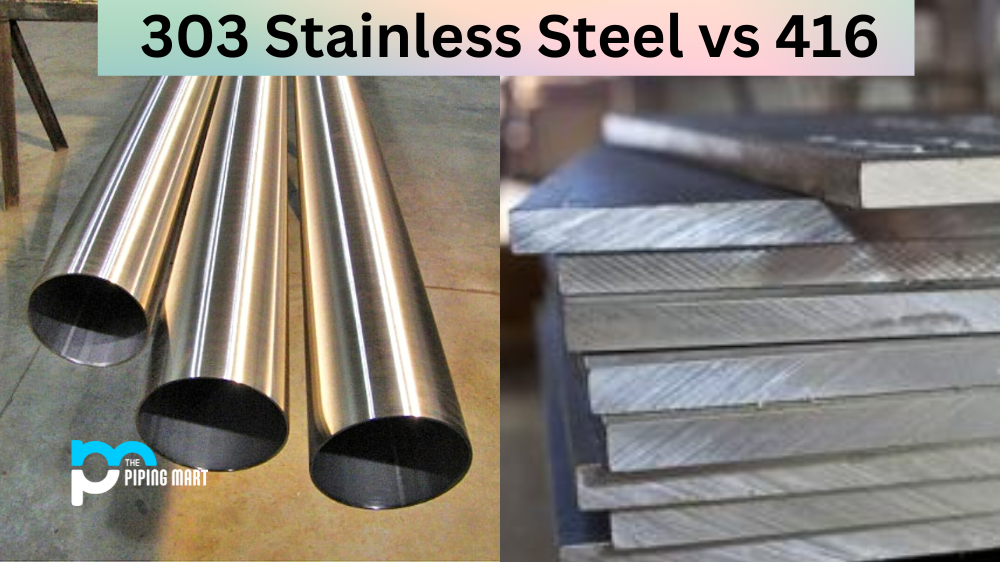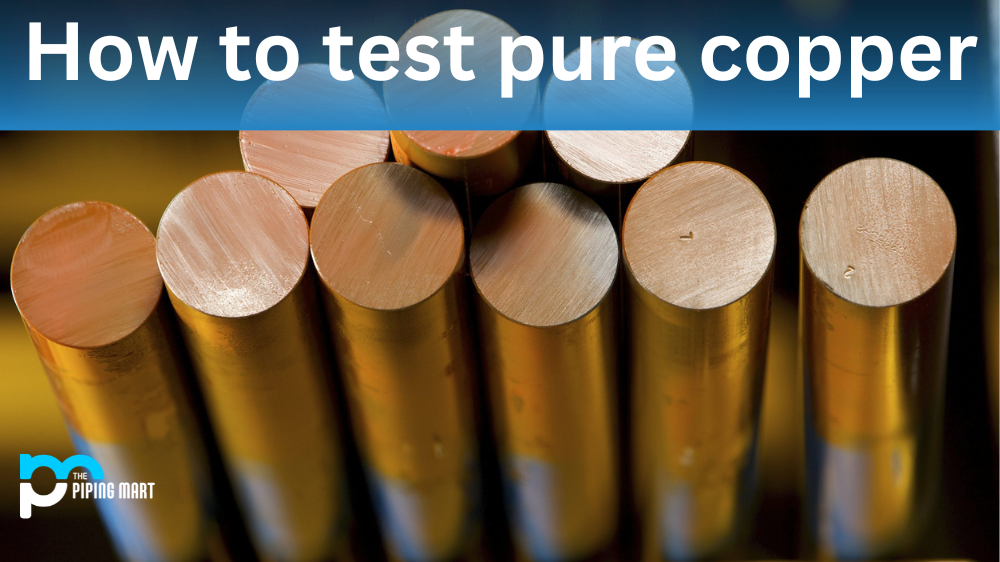Choosing the right material for your project can be a daunting task. There are many options, and each has the properties that make it ideal for certain applications. Two popular choices for machining are 303 stainless steel and 416 stainless steel. They may seem similar initially but have distinct differences that can significantly impact your project. This article examines the differences between 303 stainless steel and 416 stainless steel, their strengths and weaknesses, and which is better suited for specific applications.
Difference Between 303 Stainless Steel and 416
Composition
The distinct difference between 303 and 416 is their composition. 303 is an austenitic steel that contains up to 18% chromium and 8% nickel. It also contains traces of sulfur and phosphorus, which make it very machinable. Due to its composition, 303 is often used where higher machinability and corrosion resistance are desired.
On the other hand, 416 is a martensitic steel that contains up to 13% chromium and some added sulfur. This sulfur content enhances machinability at the expense of flexibility and toughness.
Machining Properties
303 stainless steel is an excellent material for machining. It has excellent weldability, formability, and machinability, making it perfect for mechanical components, fittings, and shafts. Its sulfur and phosphorus content promotes consistent machining quality and reduces tool wear.
On the other hand, 416 stainless steel is more difficult to machine because of its higher hardness and sulfur content. While it is still machinable, 416 is known for chipping and creating burrs during machining. Consequently, it’s often used for smaller and simpler components and for parts that are not highly machined.
Strength and Corrosion Resistance
303 stainless steel has excellent corrosion resistance, especially in atmospheres containing nitric acid compounds. It’s known for its resistance to pitting and crevice corrosion. This is due to its high nickel and chromium content.
In contrast, 416 stainless steel has slightly lower corrosion resistance than 303 but is still relatively good. It has moderate resistance to atmospheric corrosion and fairly good resistance to water, chemicals, and other corrosive compounds.
Conclusion
Regarding 303 stainless steel and 416 stainless steel, each has strengths and weaknesses. 303 is a good choice for projects requiring excellent machinability, strength, and corrosion resistance. It’s ideal for complex components requiring high tolerance and for harsh environments. On the other hand, 416 is often used for smaller and simpler components that require moderate corrosion resistance. It’s also used for parts that don’t require complex machining and require a harder material. Ultimately, the choice between the two depends on the specific project requirements. Consider your needs and carefully consider which material will be best for your project.

A passionate metal industry expert and blogger. With over 5 years of experience in the field, Palak brings a wealth of knowledge and insight to her writing. Whether discussing the latest trends in the metal industry or sharing tips, she is dedicated to helping others succeed in the metal industry.




